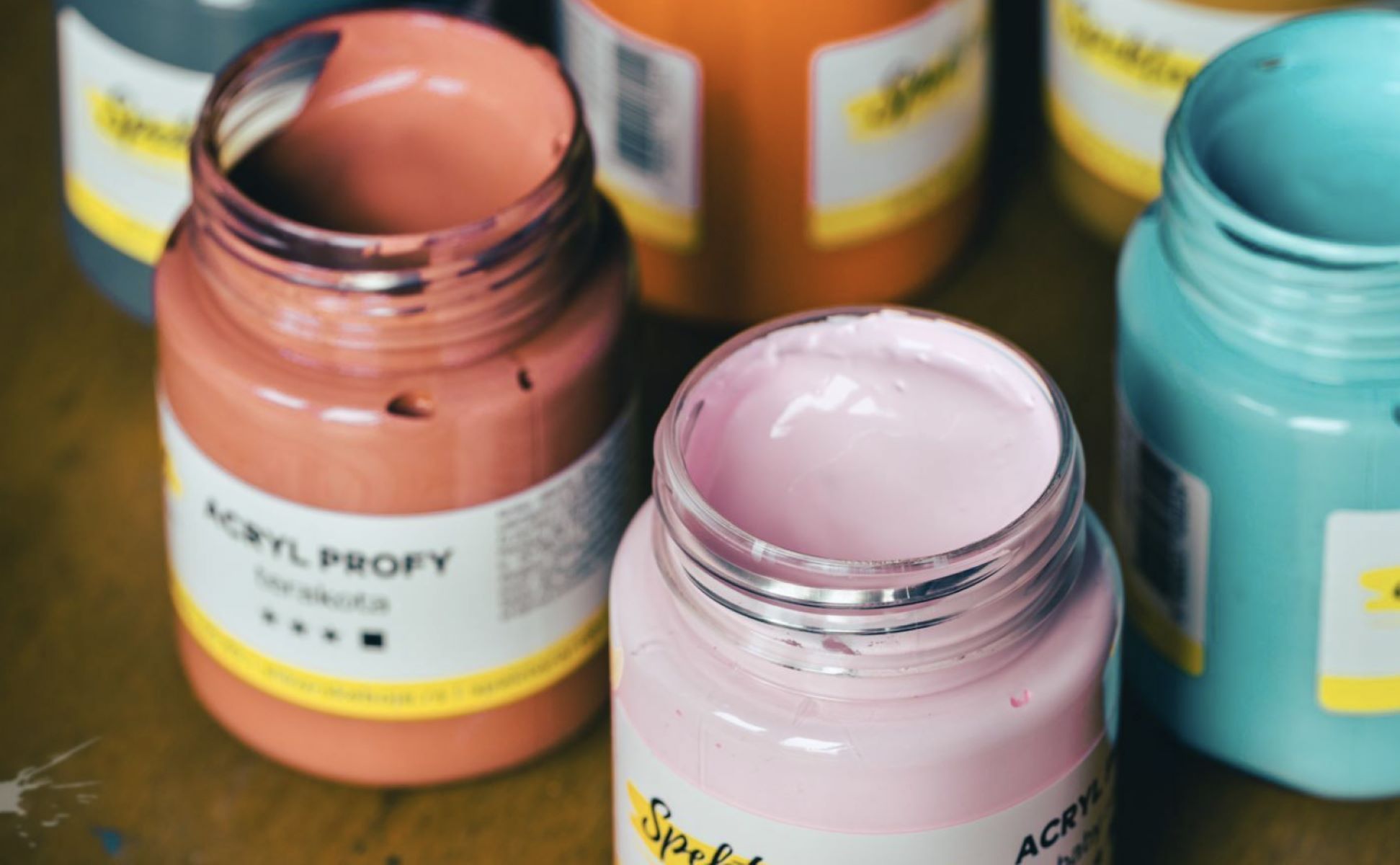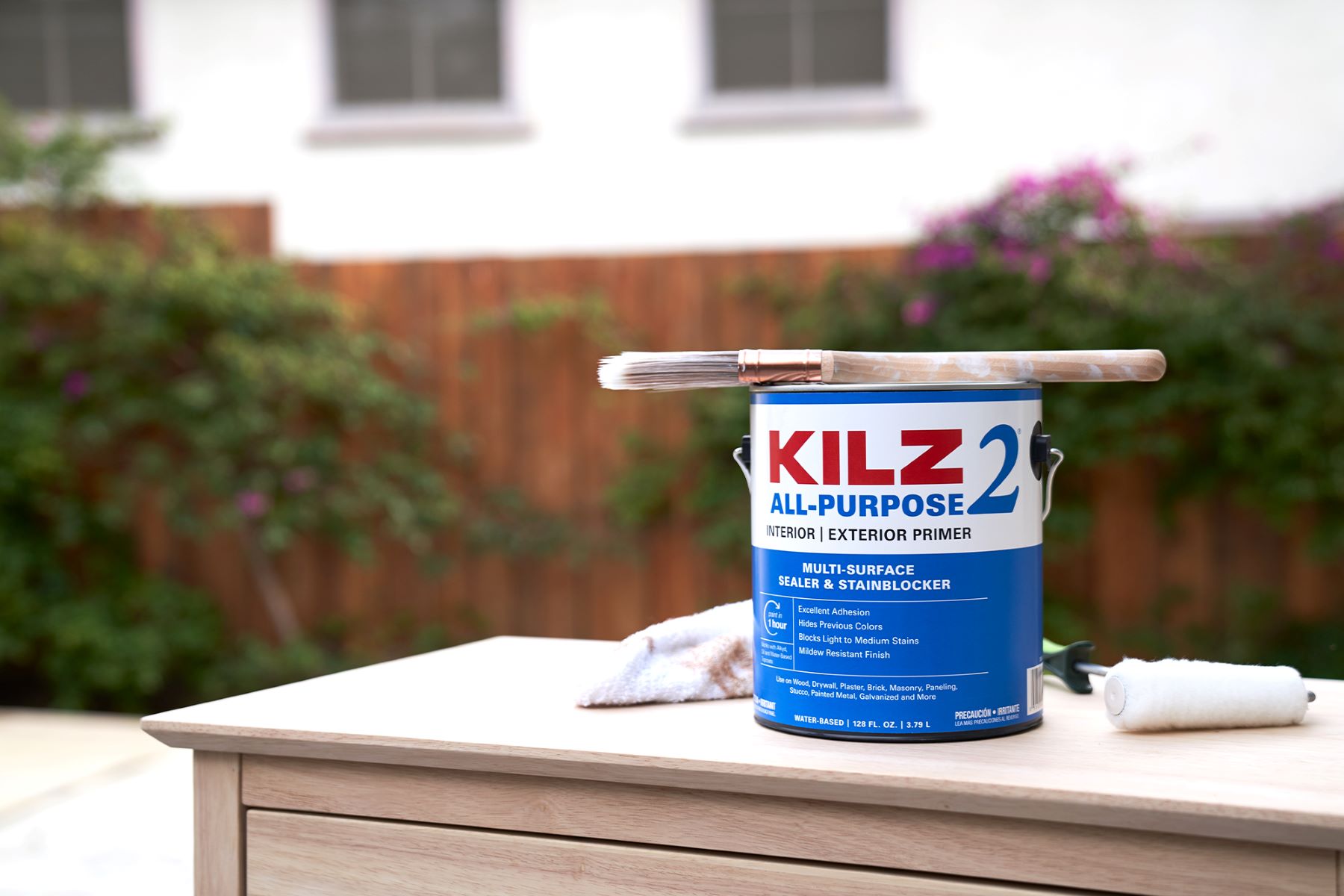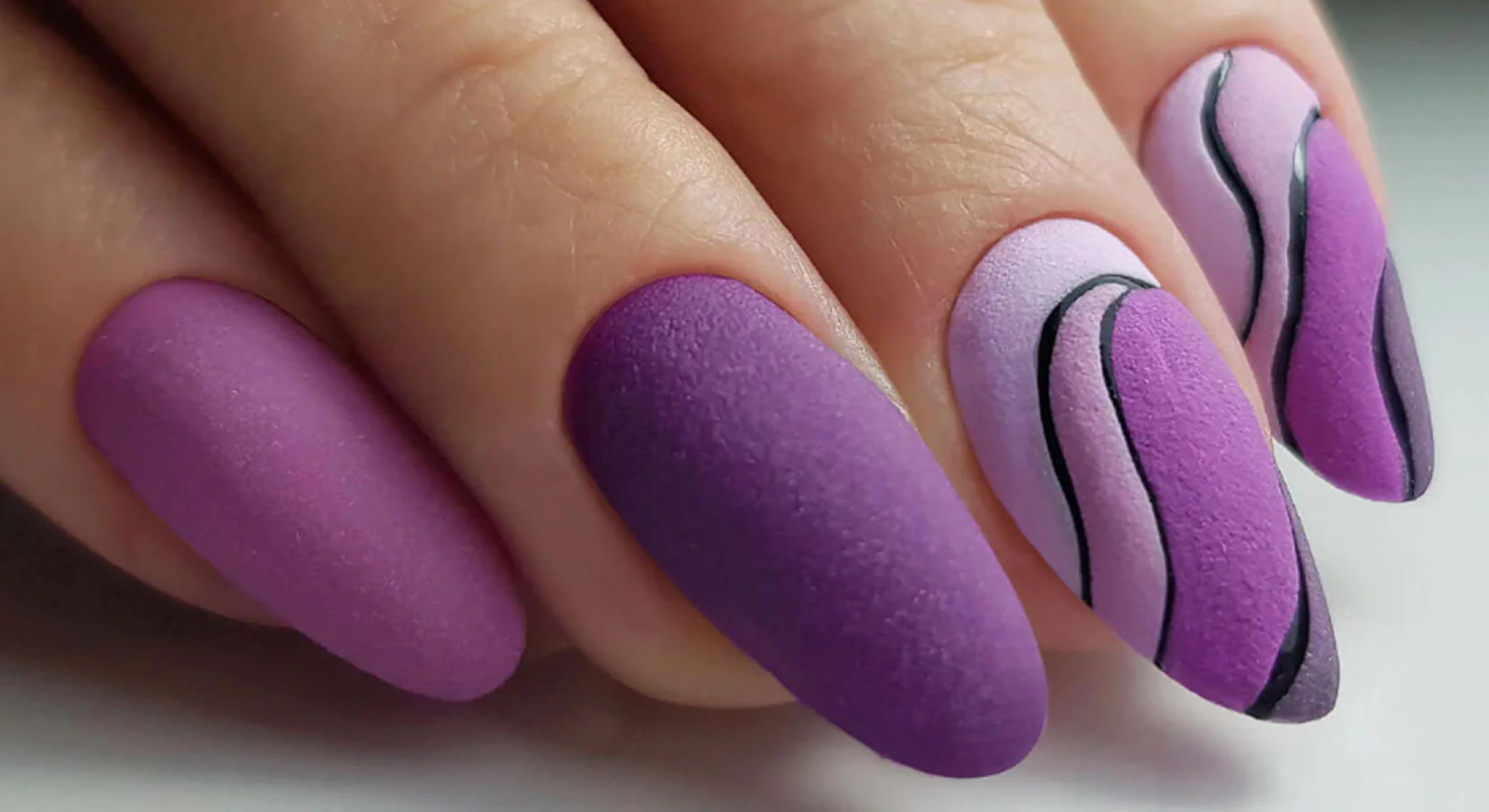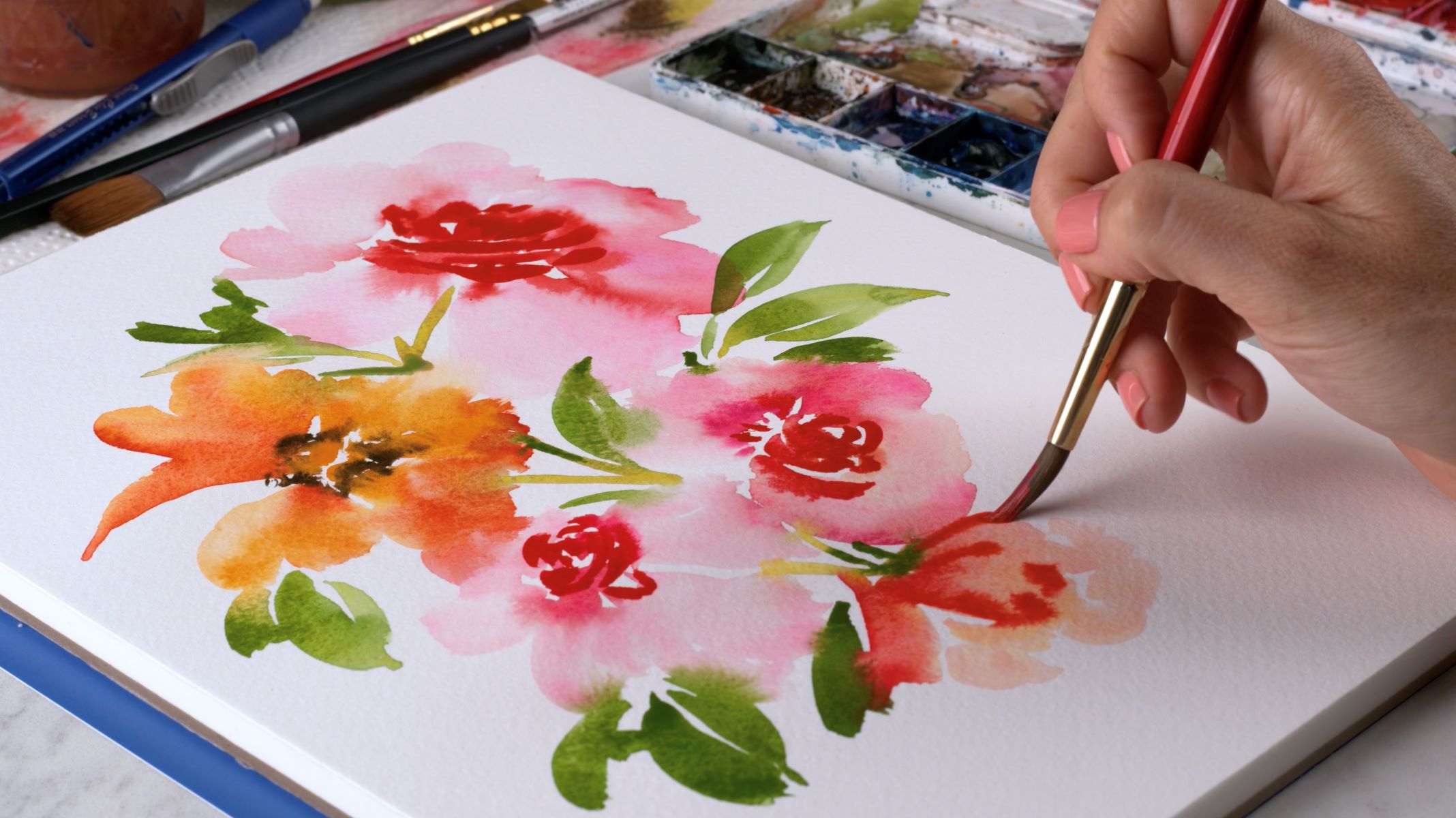Home>Arts and Culture>How To Thicken Acrylic Paint For Better Canvas Coverage


Arts and Culture
How To Thicken Acrylic Paint For Better Canvas Coverage
Modified: March 13, 2024
Learn how to thicken acrylic paint to achieve better canvas coverage with our expert tips. Enhance your arts and culture experience with this simple technique.
(Many of the links in this article redirect to a specific reviewed product. Your purchase of these products through affiliate links helps to generate commission for Regretless.com, at no extra cost. Learn more)
Table of Contents
Introduction
Acrylic paint is a versatile and popular medium for artists, known for its quick drying time, vibrant colors, and flexibility. However, achieving optimal canvas coverage with acrylic paint can be a challenge, especially when working with thin or transparent layers. Whether you're a seasoned artist or just starting your creative journey, understanding how to thicken acrylic paint can significantly enhance your painting experience and the final result.
In this comprehensive guide, we will delve into the art of thickening acrylic paint to improve canvas coverage. We'll explore various methods and additives that can be used to modify the consistency of acrylic paint, allowing you to create rich, textured layers with ease. By mastering the techniques outlined in this article, you'll gain the confidence to unleash your creativity and produce stunning artworks that command attention.
Let's embark on this artistic journey together, as we uncover the secrets of enhancing acrylic paint for better canvas coverage. Whether you're aiming to create bold impasto textures or simply seeking to eliminate the frustration of multiple layers, the knowledge and techniques shared here will empower you to elevate your acrylic painting endeavors to new heights.
Read more: How To Paint Flowers
Understanding Acrylic Paint Consistency
Acrylic paint consistency plays a pivotal role in determining the outcome of your artwork. The consistency of acrylic paint refers to its thickness or viscosity, which can range from fluid to heavy body. Understanding and manipulating the consistency of acrylic paint is essential for achieving desired effects and improving canvas coverage.
Fluid Acrylic Paint
Fluid acrylic paint has a runny consistency similar to that of ink. It flows effortlessly and is ideal for creating translucent washes, fine lines, and delicate glazes. When applied thinly, fluid acrylic paint allows the underlying layers to show through, resulting in a transparent and ethereal quality. While fluid acrylics are perfect for certain techniques, they may require multiple layers to achieve opaque coverage, especially when used on canvas.
Heavy Body Acrylic Paint
On the other end of the spectrum, heavy body acrylic paint boasts a thick, buttery consistency that retains brushstrokes and holds peaks when applied with a palette knife. This type of acrylic paint offers excellent coverage and is well-suited for impasto techniques, where textured layers are built up to add depth and dimension to the artwork. Heavy body acrylics provide rich, opaque color with fewer layers, making them a preferred choice for artists seeking bold, expressive results.
Medium Body Acrylic Paint
Sitting between fluid and heavy body acrylics, medium body acrylic paint strikes a balance, offering a versatile consistency that can be adjusted to suit various painting techniques. It provides good coverage while allowing for fluid application and blending. Artists often appreciate the adaptability of medium body acrylics, as they can be thinned with water or mediums to achieve the desired viscosity for different applications.
Read more: How To Get Better At Soccer
Modifying Acrylic Paint Consistency
Understanding the unique characteristics of fluid, heavy body, and medium body acrylic paint empowers artists to make informed decisions when selecting the most suitable paint for their artistic vision. Moreover, being able to modify the consistency of acrylic paint through various techniques and additives opens up a world of creative possibilities, enabling artists to tailor the paint to their specific needs and preferences.
By gaining a deeper understanding of acrylic paint consistency, artists can harness the full potential of this versatile medium, unlocking new avenues for artistic expression and achieving superior canvas coverage.
Methods for Thickening Acrylic Paint
When it comes to thickening acrylic paint for improved canvas coverage, artists have several effective methods at their disposal. These techniques allow for the modification of paint consistency, enabling artists to achieve the desired texture, opacity, and coverage in their artworks. Whether you prefer working with fluid, heavy body, or medium body acrylics, understanding these methods empowers you to tailor the paint to your specific artistic needs.
Mixing with Heavy Body Acrylics
One of the simplest and most effective methods for thickening acrylic paint is to mix it with heavy body acrylics. By blending a small amount of heavy body paint into your existing acrylics, you can instantly increase the viscosity and opacity of the mixture. This approach is particularly useful when working on areas that require more substantial coverage or when aiming to create textured impasto effects. The heavy body paint acts as a thickening agent, enhancing the body and richness of the paint without compromising its adhesive properties.
Adding Acrylic Gel or Paste
Acrylic gels and pastes are specialized mediums that are designed to alter the consistency and texture of acrylic paint. These products come in various formulations, including soft, regular, and extra heavy body, allowing artists to customize the thickness of their paint to suit specific applications. By incorporating acrylic gel or paste into your acrylic paint, you can achieve a thicker, more sculptural quality, ideal for building up layers and creating expressive surface textures. Additionally, these mediums offer extended working time, giving artists greater control over the application and manipulation of the paint.
Read more: How To Paint Clouds
Utilizing Dry Pigments
Another method for thickening acrylic paint involves the use of dry pigments. By adding dry pigments to acrylic paint, artists can not only alter the color but also increase the viscosity and coverage of the paint. This approach is particularly advantageous for artists who prefer to mix their own custom colors while simultaneously adjusting the consistency of the paint. Dry pigments can be gradually incorporated into the acrylic paint, allowing for precise control over the thickening process and resulting in a personalized color palette with enhanced coverage capabilities.
Incorporating Natural Fillers
In some cases, artists may explore the use of natural fillers, such as marble dust or silica, to thicken acrylic paint. These fillers can be added to the paint in small amounts to impart texture, body, and opacity. While this method requires careful experimentation to achieve the desired results, it offers artists the opportunity to create unique paint mixtures that cater to specific artistic intentions. Natural fillers can contribute to the tactile and visual qualities of the paint, adding depth and character to the artwork.
By familiarizing yourself with these methods for thickening acrylic paint, you can expand your creative toolkit and confidently address the challenges of achieving superior canvas coverage. Each approach offers distinct advantages, allowing you to tailor the consistency of acrylic paint to suit your artistic vision and elevate the impact of your paintings. Whether you prefer subtle, translucent layers or bold, textured surfaces, these methods empower you to harness the full potential of acrylic paint, opening up new avenues for artistic exploration and expression.
Using Additives to Thicken Acrylic Paint
In the realm of acrylic painting, additives serve as invaluable tools for artists seeking to modify the characteristics of their paint. When it comes to thickening acrylic paint for enhanced canvas coverage, a range of additives can be employed to achieve the desired consistency and texture. These additives offer artists a high degree of control over the viscosity, drying time, and overall performance of the paint, empowering them to tailor their artistic process to specific preferences and requirements.
Acrylic Mediums
Acrylic mediums are versatile additives that can be used to thicken acrylic paint while retaining its adhesive and structural properties. Matte or gloss mediums, in particular, can effectively increase the body and opacity of acrylic paint, allowing artists to create rich, textured surfaces with improved coverage. These mediums also offer additional benefits, such as extending the drying time of the paint, enhancing color saturation, and providing a protective finish. By incorporating acrylic mediums into their paint mixtures, artists can achieve a customized consistency that aligns with their artistic vision.
Read more: How To Get Paint Off Of Vinyl Floor
Retarders
Retarders are additives designed to slow down the drying time of acrylic paint, providing artists with greater flexibility and control over the application process. When used in conjunction with acrylic paint, retarders can prevent premature drying, allowing for smoother blending, layering, and thickening of the paint. By extending the working time of the paint, artists can confidently build up opaque layers without the concern of rapid drying, resulting in improved canvas coverage and seamless transitions between colors and textures.
Thickeners and Texturizers
Specialized thickeners and texturizers offer artists the means to modify the consistency of acrylic paint according to their preferences. These additives come in various forms, including gels, pastes, and granular substances, and can be incorporated into acrylic paint to achieve specific textural effects and increased body. Thickeners and texturizers enable artists to create sculptural surfaces, expressive impasto textures, and dimensional effects, enhancing the visual and tactile qualities of their paintings while addressing the challenge of achieving optimal canvas coverage.
Flow Improvers
While the primary function of flow improvers is to enhance the flow and leveling properties of acrylic paint, they can also be utilized to adjust the consistency of the paint for improved coverage. By adding flow improvers to acrylic paint, artists can achieve a smoother, more fluid application while maintaining the desired thickness and opacity. This allows for the creation of even, consistent layers with enhanced coverage, making it easier to achieve the desired visual impact without the hindrance of uneven or patchy areas.
By leveraging these additives, artists can confidently navigate the process of thickening acrylic paint to achieve superior canvas coverage. Whether aiming to create bold, textured surfaces or seeking to eliminate the frustration of multiple layers, the strategic use of additives empowers artists to unlock the full potential of acrylic paint, enabling them to realize their artistic vision with precision and confidence.
Tips for Achieving Better Canvas Coverage
-
Priming the Canvas: Before applying acrylic paint, ensure that the canvas is properly primed. A quality primer creates a smooth, uniform surface that promotes better adhesion and coverage of the paint. Consider using a gesso primer to prepare the canvas, as it enhances the absorbency and tooth of the surface, allowing the paint to adhere more effectively.
-
Layering Techniques: Experiment with layering techniques to build up opaque coverage. Apply multiple thin layers of acrylic paint, allowing each layer to dry before adding the next. This approach facilitates the gradual buildup of color and ensures more even coverage, especially when working with transparent or fluid acrylics.
-
Use High-Quality Brushes and Tools: Invest in high-quality brushes and tools that are suitable for applying acrylic paint. Quality brushes with resilient bristles enable smooth and consistent application, contributing to better coverage and minimizing streaks or uneven areas. Additionally, palette knives and texture tools can be utilized to create impasto effects and enhance coverage through textured applications.
-
Adjusting Paint Consistency: Pay attention to the consistency of your acrylic paint. If you find that the paint is too thin and transparent, consider thickening it using the methods and additives discussed earlier in this article. By modifying the paint's consistency to suit your specific needs, you can achieve better coverage and control over the application.
-
Work in Controlled Lighting: Painting in well-lit conditions allows you to accurately assess the coverage and distribution of the paint on the canvas. Adequate lighting helps in identifying areas that may require additional layers or adjustments, ensuring that the coverage is consistent and visually appealing.
-
Strategic Color Mixing: When mixing colors, aim to create opaque mixtures that contribute to better coverage. Utilize opaque pigments and avoid excessive dilution with water or mediums, as this can compromise the paint's coverage capabilities. Strategic color mixing enables you to achieve vibrant, opaque hues that enhance the overall coverage of the artwork.
-
Patience and Precision: Exercise patience and precision during the painting process. Take the time to assess each layer, ensuring that it contributes to the desired coverage and visual impact. By working meticulously and thoughtfully, you can achieve superior canvas coverage while maintaining the integrity of your artistic vision.
By implementing these tips and techniques, artists can elevate their acrylic painting practice, achieving enhanced canvas coverage and realizing the full potential of this dynamic medium. Whether pursuing bold, textured compositions or seeking to convey subtle nuances, these strategies empower artists to create compelling artworks with confidence and precision.
Read more: How To Make Hot Pink With Paint
Conclusion
In conclusion, mastering the art of thickening acrylic paint is a transformative endeavor for artists seeking to elevate their painting practice and achieve superior canvas coverage. Throughout this comprehensive guide, we have explored the nuances of acrylic paint consistency, delved into effective methods for thickening acrylic paint, and uncovered the strategic use of additives to enhance the paint's viscosity and coverage capabilities.
By understanding the unique characteristics of fluid, heavy body, and medium body acrylic paint, artists gain valuable insights into the diverse applications and potential challenges associated with each type. This knowledge serves as a foundation for informed decision-making when selecting and modifying acrylic paint to suit specific artistic intentions. Whether aiming to create translucent washes with fluid acrylics or building textured impasto layers with heavy body acrylics, the ability to manipulate paint consistency empowers artists to realize their creative vision with precision and confidence.
The methods and additives discussed in this guide offer a wealth of possibilities for artists to tailor the consistency of acrylic paint according to their preferences. From mixing with heavy body acrylics to incorporating specialized mediums, retarders, thickeners, and texturizers, each approach provides a means to achieve the desired texture, opacity, and coverage in artworks. By leveraging these techniques and additives, artists can navigate the complexities of acrylic paint consistency with finesse, unlocking new avenues for artistic expression and innovation.
Furthermore, the tips for achieving better canvas coverage serve as practical guidelines for artists to optimize their painting process. From priming the canvas to employing layering techniques, utilizing high-quality brushes and tools, and exercising precision in color mixing, these strategies contribute to a seamless and rewarding painting experience. By implementing these tips, artists can overcome the challenges of achieving consistent and impactful canvas coverage, resulting in artworks that captivate and inspire.
In essence, the journey of thickening acrylic paint for better canvas coverage is a testament to the boundless potential of acrylic painting as a medium for artistic expression. By honing the skills and techniques outlined in this guide, artists can transcend limitations, unleash their creativity, and produce compelling artworks that resonate with depth and visual impact. Whether pursuing bold, textured compositions or conveying nuanced subtleties, the knowledge and strategies shared here empower artists to embark on a transformative artistic journey, where the canvas becomes a stage for boundless creativity and expression.











